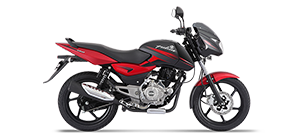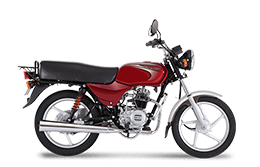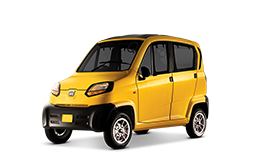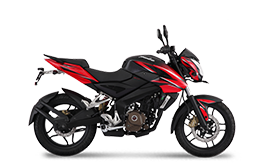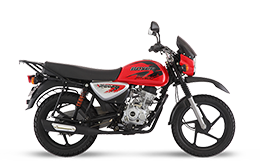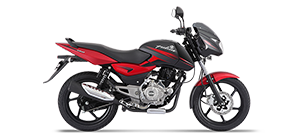Topgear
So we finally got to grips with the Bajaj Pulsar RS200 at the company’s test track in Pune, and here’s what we’ve learned so far. First up, the looks. After having seen the bike out in broad daylight, it unquestionably stands out like no other in its class – the large fairing up front that encases the entire engine, the LED lights with projector lamps, the nice informative instrument cluster, the split seats, the can exhaust, floating split LED tail lamps at the back that certainly lend the new Pulsar an air of floridity. But again, its styling isn’t for everyone. We think perhaps the guys in charge of plastering all those stickers all over the fairing were a little too enthusiastic. That, and the funky taillamp has the capability of instantly souring fresh milk. But then, beauty is in the eye of the beholder, right? Moving on...
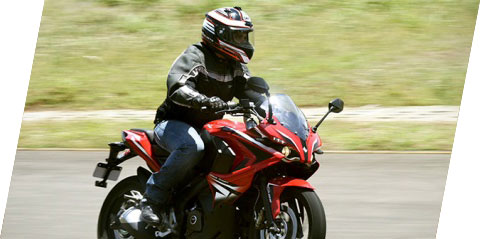 With rear-set foot pegs, the seating position is neither exactly upright, nor is it at an uncomfortable level of sporty. The high-set split handles are easy to reach out to and don’t involve you having to put a lot of weight on your palms once you set off riding.
With rear-set foot pegs, the seating position is neither exactly upright, nor is it at an uncomfortable level of sporty. The high-set split handles are easy to reach out to and don’t involve you having to put a lot of weight on your palms once you set off riding. Now, the real question you’re asking is, how is what Bajaj claims to be the ‘fastest pulsar ever’ to ride? The answer – it’s quite pleasant. Ok, now you’re trying to figure out how the ‘fastest pulsar ever’ can be ‘pleasant’, but yes, that’s just what it is. The new Pulsar is very refined for one. In fact, NVH levels are low enough for us to proclaim that the RS200 is by far the most refined Pulsar we’ve ever ridden. But that’s not to say that the RS200 falls short of exuding the quality that the brand 'Pulsar' has been associated with – performance.
Power delivery is linear, but you really need to wring the throttle and make sure the needle on the analogue tacho passes the 9500rpm redline through all six cogs if you want to build up serious speed, fast. In doing so, we touched an indicated speed of 146kph out on the track, but this figure isn’t error-free. When shortshifting through the gears we found the performance to be a little too relaxed, and not as sprightly as we’d expected.
Besides simply putting some more meat on the 200NS’s bones, what Bajaj have done with the RS200 is alter the centre of gravity and shorten the wheelbase a tad. The result is a Pulsar that's now actually capable of taking on a quick succession of corners, although not being the best at it. Okay, the 200NS didn’t take to corners that badly either, but this one’s even better.
The petal type single rotor 300mm disc up front and 230mm disc at the rear, coupled with grippy MRF Zapper rubber lend the RS200 good stopping power. The brakes have a nice progressive feel, and you have the option of having better stopping power over the older Pulsar with Single channel ABS – which in good ol’ English translates to a cost saving ABS unit that engages on the front disc, rather than both the front and back discs. Sounds cheap, yes, but very effective it most certainly is.
Overall, switchgear and build quality is good. With a pricetag of ₹1.18 lakh (ex-showroom, Delhi), for the non-ABS RS200 and ₹1.30 lakh for the ABS version, the new Pulsar RS200 comes across as a decent package that balances performance and practicality well with a welcome touch of refinement. We can’t comment much on the ride quality at this time, because we rode the bike on the levelled test track and are yet to subject it to real (Indian) world conditions. More on that soon.
The numbers:Single-cylinder, 199.5cc, liquid-cooled, 24.2bhp, 18Nm, 6M, 165kg, fuel tank: 13litres. The price (ex-showroom, Delhi). Bajaj Pulsar RS200 non-ABS: ₹1.18lakh. Bajaj Pulsar RS200 ABS: ₹1.30lakh.
The verdict:The RS200 packs a nice punch, ergonomic frugality, and a decent amount of features. Overall, a good package given its pricing.
The following review has been sourced from TopGear - April 2015.

